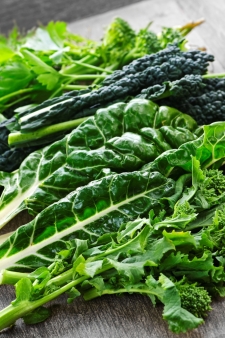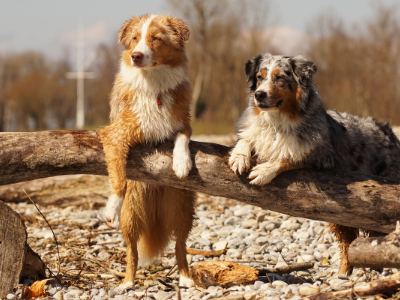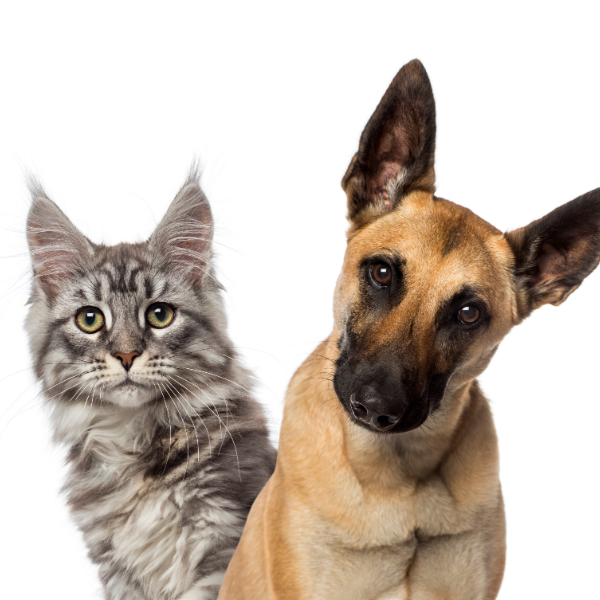Which Vegetables do I choose?
Veggies and fruits to include:
Leafy greens:
Lettuce, spinach, chard, mustard greens, cilantro, parsley, basil.
Cruciferous:
Broccoli, cabbage, kale, Brussels sprouts, cauliflower, bok choy, turnip, rutabaga, collards, arugula
Roots & squash:
Carrots, beets, yams, sweet potatoes, jicama, ginger, turmeric, winter & summer squashes.
Fruits:
Blueberries, raspberries, strawberries, apples, pears, melon.
Veggies and fruits to avoid; Tomatoes, white potatoes, eggplant, peppers, onions, and large amounts of garlic.
With a rotation of vegetables, here are the main 5 nutrients you'll be providing your dog:
-
Vitamins - you will be adding almost every vitamin to the diet by adding vegetables and fruits. Natural source vitamins are quite different molecularly than synthetics and are more easily recognized and utilized by the body’s cells.
-
Phytonutrients - are the components within plants that protect them from various external threats, such as bacterial and fungal infection, or bug infestations. When consumed, research has indicated they possess beneficial properties for the immune system.
-
Minerals - are essential components derived from foods that aid bodily system functions such as metabolic, nervous, digestive, cardiovascular, circulatory, and urinary. Naturally occurring minerals work synergistically with vitamins and enzymes.
Prebiotics - PRE-biotics are different than probiotics! Derived only from plants, prebiotics is the fibers that go through the digestive system into the colon unchanged. In essence, they are the food that feeds all the good bacteria that live in your dog’s gastrointestinal tract. Overall, gut flora is responsible for helping with metabolic processes such as energy synthesis and even synthesize certain beneficial vitamins. These prebiotics need healthy foods to populate otherwise the wrong foods can encourage the wrong types of bacteria to flourish. High fiber, fresh, living vegetation is a great way to promote healthy gut flora.



